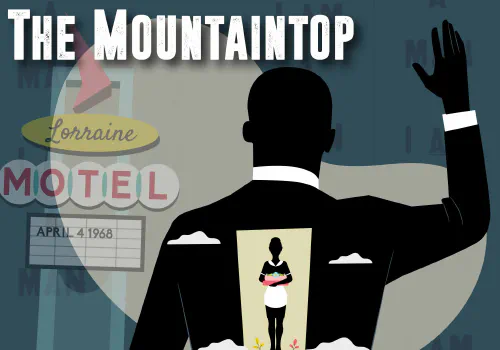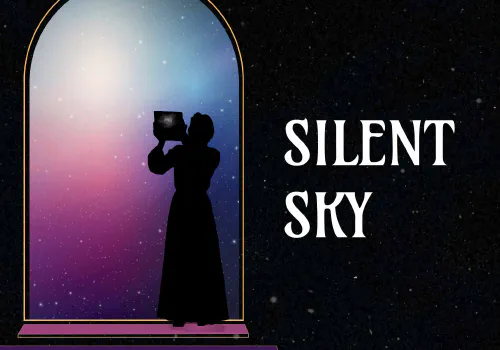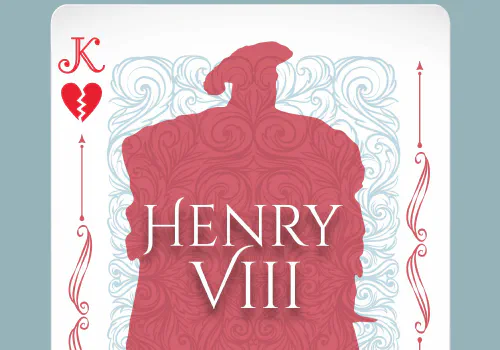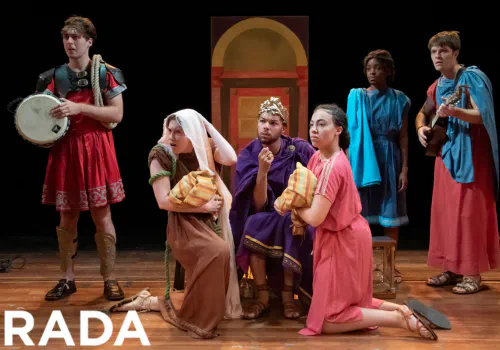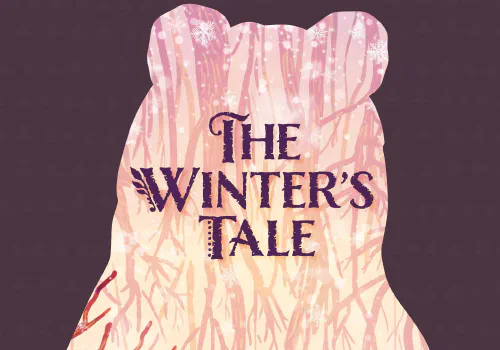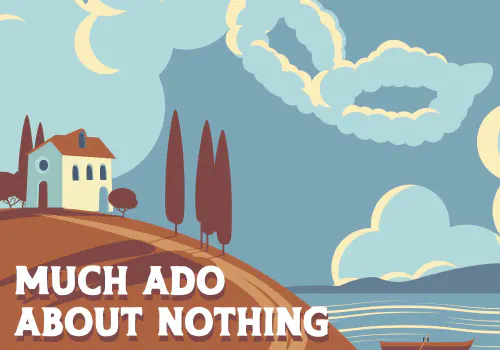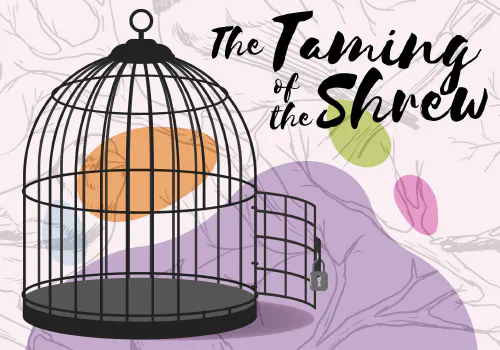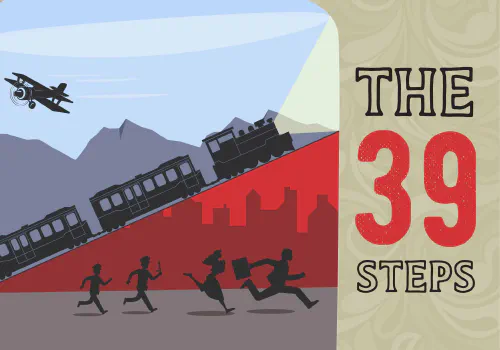By Ace Pilkington
There is an undeniable power in tragic love stories, a power beyond reason, sometimes, it seems, a power almost beyond imagination. Romeo and Juliet is perhaps the quintessential example of such stories, the “most widely known” of their incarnations, and the most frequent source of tears and inspiration for their many fans (Lise Friedman and Ceil Friedman, eds., Letters to Juliet: Celebrating Shakespeare’s Greatest Heroine, the Magical City of Verona, and the Power of Love [New York: Stewart, Tabori & Chang, 2006], 15).
When James Cameron set out to sell the idea of his film about Titanic, he was well aware that he had a problem almost as big as the ship. He was pitching a costume drama where the audience knew the ending in advance and might very probably have seen an earlier film on the same subject. But as Cameron tells it, he knew what to do, “I said, ‘Romeo and Juliet on the Titanic.’ That’s all I said” (Cameron interviewed by Lipton, Inside the Actors Studio, Bravo TV, March 8, 2010). It was enough. He got his production budget and eventually, against almost everyone’s expectations, the finished product became the highest grossing film to that point in movie history. Only Avatar, another of Cameron’s films with a love story inspired by Romeo and Juliet, has done better.
There have been so many adaptations of Shakespeare’s play that even to list them all would be impossible in the short space of this article. They range from the nearly sublime in the form of Gounod’s opera and Tchaikovsky’s symphonic poem to the wholly ridiculous (and surely unnecessary) Gnomio and Juliet. The French Romeo and Juliet, the Musical is somewhere in between, complete with a song that might have been suggested by a line from Cameron’s film (and his Oscar acceptance speech) “Kings of the World” (Girard Presgurvic, Don Black, transl. http://web.archive.org/web/20071013113444/libretto.musicals.ru/text.php?textid=602&language=1).
Two additional (and much better) musicals are, of course, West Side Story and The Fantasticks. Depending on the order in which Shakespeare wrote the two plays, even A Midsummer Night’s Dream, Romeo and Juliet’s comic twin, could be one of the many other works which it influenced; plus, The Winter’s Tale is, in part, “a reprise and processing of Romeo and Juliet” (Joseph A. Porter, Shakespeare’s Mercutio [London: The University of North Carolina Press, 1988],15).
Still, the power of this play is much greater than its plot, and there is a reason why this tragic love story shines so brightly. At its center is the character of Juliet. In Barbara Everett’s words, “The heroine of Romeo and Juliet enters the play late. Not until the third scene of the first act is she called on-stage by her mother and her Nurse, who are also appearing here for the first time” (“Romeo and Juliet:The Nurse’s Story” in Young Hamlet [Oxford: Claredon Press, 1989], 109). However, once she appears, Juliet becomes not only the main focus of Romeo’s world, but also the main focus of the world that is the play. Angela Pitt declares, “Cleopatra and Juliet are the only women in Shakespeare who hold the centre of the stage in tragedy” (Shakespeare’s Women [London: David & Charles, 1981], 49).
A. D. Nuttall went even further in Shakespeare The Thinker, “The love of Romeo and Juliet is presented as actual. But this is something that fiction can do. It is not a con or a cheat. It is indeed a ‘reality-effect,’ but such effects are adequately produced only by artists who are willing and able to attend closely to the real world. Such attention allows them to present not indeed specific persons or things but real possibilities, things that in Aristotle’s phrase, ‘would happen’ ([London: Yale University Press, 2007], 112-113).
The words that A. D. Nuttall chooses to analyze in order to demonstrate that “reality-effect” belong to Juliet and include these lines: “Bondage is hoarse, and may not speak aloud, / Else would I tear the cave where Echo lies, / And make her airy tongue more hoarse than mine, / With repetition of my Romeo’s name” (2.2.160-163). It is, as he goes on to say, a “speech . . . about not being able to speak” (113). Here is his conclusion, “One tears fabric or human flesh more easily than one tears stone. Yet Juliet’s love is so great she feels she can do even this. The bondage of Verona is played against the freedom of air, the dark constriction against the liberty of myth with extraordinary poignancy. . . . The expression is both complex and powerfully human. I know no writing better than this” (114).
A. D. Nuttall is a brilliant and careful scholar with a lifetime of experience behind him, but perhaps he has been carried away by the power of this play to a conclusion too strong for his evidence. Is this indeed the sort of thing that would happen, the kind of people who could exist, the brief, bright perfection of a love destroyed before it could be touched by disappointment, disagreement, or distaste and so forever beyond the reach of time? It is an immortal moment made possible by sudden death, mortality producing its opposite at least in the minds of the playgoers. Who would believe in the reality of such a thing, who would believe that it could or “would happen”?
And the answer is there are more than enough people to validate A. D. Nuttall’s thesis, more than enough to keep the adaptations growing, more than enough to out shout the critics who call Romeo and Juliet mixed up teenagers, and finally, more than enough people to make of Juliet a seemingly real person or, if not that, then a patron saint of love. In Barbara Everett’s words, “Romeo and Juliet is one of the first of Shakepeare’s many plays whose peculiar quality is to make distinctions between art and nature seem false: ‘the art itself is nature’” (123).
One of the clearest demonstrations of all this is the insistence by so many people for so long that Romeo and Juliet were real individuals who now have a real resting place—in Verona, of course. “By the early 1800s the site attracted an increasing number of pilgrims eager to venerate the tomb, now identified solely with the Shakespearean heroine. (Curiously, as the adoration of Juliet increased over time, Romeo’s “presence” was no longer required.) Their reverence often involved swiping bits of the crumbling sarcophagus—as keepsakes or to fashion into jewelry” (Friedman and Friedman, 30). Two of the more distinguished “snapper[s] up of unconsidered” bits of marble were Lord Byron and “Marie-Louise of Austria, duchess of Parma and Napoleon’s second wife” (Friedman and Friedman, 30).
The custom of leaving messages for Juliet, in one way or another, has been going on for almost as long. Today, “they arrive by the truckload, from all over the world, in almost every imaginable language. . . . Frequently addressed simply, ‘Juliet, Verona’” (Friedman and Friedman, 9). They are about all the vagaries and vicissitudes of love, the first fears, the impassable barriers, the hopes long-deferred—which now begin to seem beyond reach—the betrayals, the boredoms, the desperations, in short, the thousand natural shocks which Juliet transcended. So, a French girl of seventeen wrote, “‘I am turning to you with faith as though to a saint.’” In the words of a young Italian man, “‘You are so beautiful, Juliet, and so on high, yet all hearts in love look to you and speak to you. Those who are in love and who suffer in love look to you’” (Friedman and Friedman, 62). Often, it is clear that Juliet has become another name for love and love another name for hope. So, a man wrote from the old U.S.S.R., “‘There are people in the world who believe in the gods, in miracles, and there are people who don’t believe, but there is one divinity in which all seek refuge. This divinity is Love, the most beautiful, superb sentiment in the world’” (Friedman and Friedman, 91). And a soldier wrote from Vietnam, “‘A hand-to-hand battle awaits us. I feel I will die. I leave life with this brief note. I am entrusting it to you, symbol of universal love”’ (Friedman and Friedman, 93-94).
Today, all the letters which reach Verona with Juliet’s name on them are answered. “The secretaries read, often translate, and answer each one, personally and by hand” (Friedman and Friedman, 9). This massive undertaking is another one of the play’s spinoffs or adaptations, generating both a book and a movie in its own right (Letters to Juliet, dir. Gary Winick, Summit Entertainment, 2010). But the messages and letters were left behind in Verona and even mailed from around the world before anyone thought of answering them, before anyone believed there would be an answer. The letters were and are one more way of affirming the truth of Shakespeare’s world, of living for a time in that place, and of agreeing with A. D. Nuttall’s judgment that these are real possibilities—things that would happen and people who could exist.


